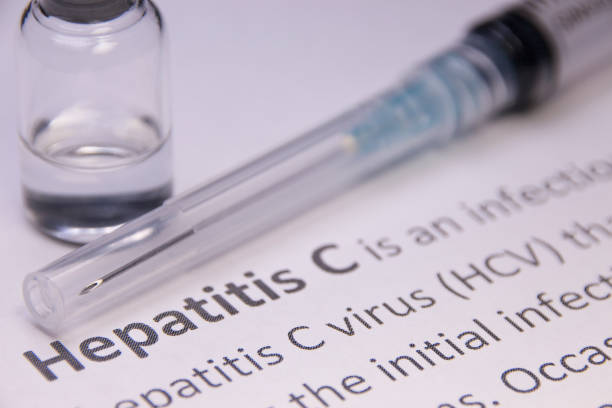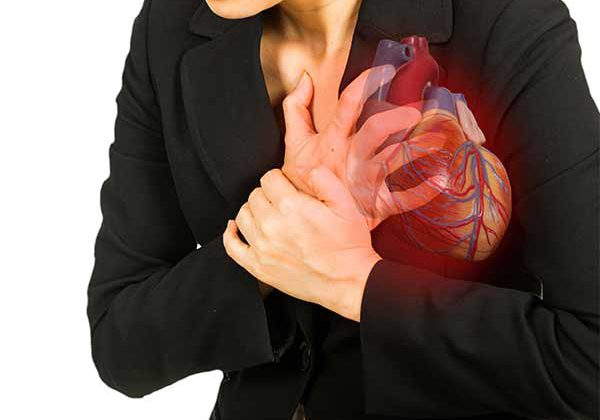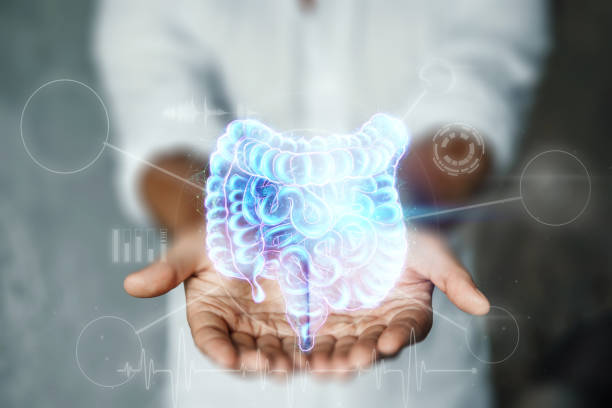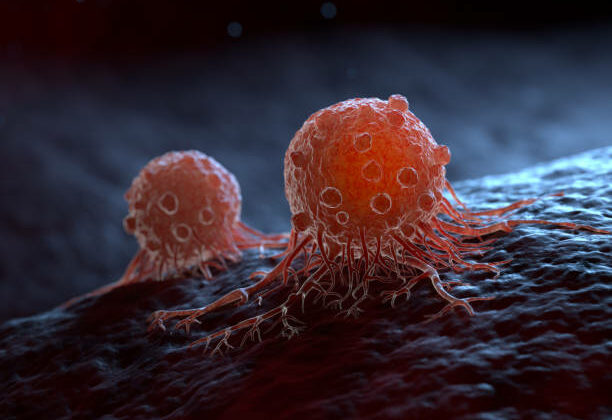Cured hepatitis C with advanced liver disease: cancer risk remains
Hepatitis C can be cured in almost all cases with modern medication. However, if advanced liver damage is already present at the time of cure, there is still a residual risk of liver cancer and complications of portal hypertension, such as abdominal fluid, bleeding from the digestive tract and confusion.
New studies by an international research group coordinated by MedUni Vienna show that liver stiffness should be the primary indicator used to assess the risk after the end of treatment. The study results published in the renowned specialist journals Hepatology and Journal of Hepatology make a significant contribution to determining the individual risk and enable individualized follow-up care.
In the first of the two current studies, the research group from MedUni Vienna’s Department of Medicine III (Clinical Division of Gastroenterology and Hepatology) analyzed patients from a number of European countries whose hepatitis C infection was cured in advanced but still asymptomatic disease.
“Interestingly, there is no further decrease in the residual risk of cancer and complications of portal hypertension, such as abdominal fluid, bleeding from the digestive tract and confusion in the long term, i.e. up to 6 years after treatment,” reports Georg Semmler, one of the lead authors of the studies. “The good news, however, many patients can be reassured that they are at negligible risk, at least with regard to the above-mentioned complications of portal hypertension, i.e. hepatic decompensation events.” The long-term study has confirmed the criteria developed by the MedUni Vienna experts for the internationally recognized Baveno VII consensus, which are now also recommended by the European Liver Association (EASL): In case of a liver stiffness of <12 kPa and a normal platelet count after the end of treatment, there is no risk of portal hypertension.
With regard to liver cancer, the situation is more complex, but a new model can be used to estimate the individual risk. However, even if the individual risk is low, a decision must be made together with the patient as to whether to discontinue surveillance by means of 6-monthly liver ultrasound,” explains Georg Semmler.
Liver stiffness value after the end of therapy is key
“In addition to our established criteria, the change in liver stiffness over time was also taken into account in Baveno VII. Based on our findings, however, at least in the context of cured hepatitis C, primary attention should be paid to the current liver stiffness value,” states last author Mattias Mandorfer, who will chair the corresponding chapter of the next, internationally recognized Baveno VIII consensus.
https://www.meduniwien.ac.at/web/en/about-us/news/2024/news-in-august-2024/cured-hepatitis-c-with-advanced-liver-disease-cancer-risk-remains/
Full bibliographic information
Published on 14/08/2024 by Medical University of Vienna
Hepatology
Long-term outcome and risk stratification in compensated advanced chronic liver disease after HCV-cure
Georg Semmler, Sonia Alonso López, Monica Pons, Sabela Lens, Elton Dajti, Marie Griemsmann, Alberto Zanetto, Lukas Burghart, Stefanie Hametner-Schreil, Lukas Hartl, Marisa Manzano, Sergio Rodriguez-Tajes, Paola Zanaga, Michael Schwarz, María Luisa Gutierrez, Mathias Jachs, Anna Pocurull, Benjamín Polo, Dominik Ecker, Beatriz Mateos, Sonia Izquierdo, Yolanda Real, Lorenz Balcar, Juan Antonio Carbonell-Asins, Michael Gschwantler, Francesco Paolo Russo, Francesco Azzaroli, Benjamin Maasoumy, Thomas Reiberger, Xavier Forns, Joan Genesca, Rafael Bañares, Mattias Mandorfer; cACLD-SVR Study Group
https://doi.org/10.1097/HEP.0000000000001005
Journal of Hepatology
Post-treatment LSM rather than change during treatment predicts decompensation in patients with cACLD after HCV cure
Georg Semmler, Sonia Alonso López, Monica Pons, Sabela Lens, Elton Dajti, Marie Griemsmann, Alberto Zanetto, Lukas Burghart, Stefanie Hametner-Schreil, Lukas Hartl, Marisa Manzano, Sergio Rodriguez-Tajes, Paola Zanaga, Michael Schwarz, María Luisa Gutierrez, Mathias Jachs, Anna Pocurull, Benjamín Polo, Dominik Ecker, Beatriz Mateos, Sonia Izquierdo, Yolanda Real, Adriana Ahumada, David Josef Maria Bauer, Jim Benjamin Mauz, Michelle Casanova-Cabral, Michael Gschwantler, Francesco Paolo Russo, Francesco Azzaroli, Benjamin Maasoumy, Thomas Reiberger, Xavier Forns, Joan Genesca, Rafael Bañares, Mattias Mandorfer; cACLD-SVR Study Group
https://doi.org/10.1016/j.jhep.2024.03.015





